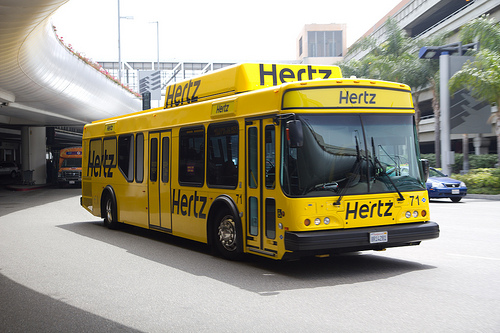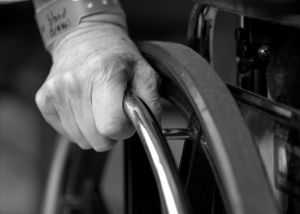In a conscious effort to create a negative view of trial lawyers and civil lawsuits, Corporate America has for years distorted the truth about the famous McDonalds coffee spill case, the poster child for the frivolous lawsuits mantra. Sadly, the public has fallen for the propoganda hook, line and sinker.
Why, might you ask, would Corporate America wish to turn the public against trial lawyers and civil lawsuits? The answer is simple. Profits over people. By limiting the right of individuals to seek redress against big business, they become less accountable for their negligent conduct. Civil lawsuits make big business pay for its negligence. Limit civil lawsuits, limit accountability.
How, might you ask, does the propoganda limit accountability? The unknowing and gullible public presses its politicians to do something about the “lawsuit crisis.” “Conservative” legislators, all too happy to take up the cause – although not without a price – you can be sure that the loudest political voices for curtailing civil lawsuits, receive the most money from big business – devise laws with the effect of making it ever more difficult to take on big business in our courts of law. Barring the courthouse doors, so to speak, from “We, the People.” It has been happening for years, and it’s not pretty. Frankly, it is frightening. Big business run amock.
Back to the McDonalds coffee spill case.
Background: In 1994, a New Mexico jury awarded a woman 2.9 million in a case arising out of hot coffee spilling onto her lap while sitting in a car driven by her grandson. The Plaintiff (the person who received the jury verdict) was a 79-year old retired sales clerk who had never before sued anyone. When she placed the coffee between her legs and removed the lid to add cream and sugar, the scalding hot coffee spilled out onto her lap, causing third-degree burns on her groin and thigh area. She was hospitalized for eight days and incurred medical expenses in excess of $11,000. She was left with permanent pain and scarring. The jury trial lasted 7 days.
The untold story:
- The woman’s request to have her medical bills paid was countered with an offer from McDonalds in the amount of $800
- It takes less than 3 seconds to produce third-degree burns at 190 degrees, 12-15 seconds at 180 and 20 seconds at 160. McDonalds brewed its coffee at 195 to 205 degrees.
- McDonalds own records revealed that in the previous 10 years, it had received more than 700 reports of burns from scalding coffee, and the company had spent more than $500,000 in settling these claims
The jury awarded damages of $200,000, reduced to $160,000 based on the plaintiff’s 20% negligence for spilling the coffee, and punitive damages (for conduct held to be willful, malicious and reckless) in the amount of $2.7 million, later reduced by the trial judge to $480,000. Both sides appealed and later reached a confidential settlement. Interestingly, One day after the jury verdict, the coffee temperature at the restaurant in location was tested and had been reduced to 158 degrees.
Continue reading
 Florida Injury Attorney Blawg
Florida Injury Attorney Blawg






